Subtotal: $2,017.89
Kikori Whiskey
$37.99
750 mL in size
Proof 41% ABV
*Please be aware that this bottle’s ABV may fluctuate.
Rice from “rich volcanic loam formed through eons of lava flow and ash deposits” is used by Kikori. Fresh mountain streams that run through millions of years’ worth of ancient volcanic rocks are used to distill it. At the 2016 San Francisco World Spirits Competition, this creative Japanese whiskey made entirely of rice took home the gold medal.
Kikori Whiskey
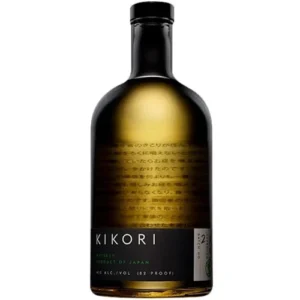
It’s a whiskey, but the Alcohol and Tobacco Tax Bureau wasn’t sure how to categorize it at first. It is served with a higher 41% ABV than its cousin Shochu, a Japanese alcohol made from rice or sweet potatoes, which has an ABV of 25–35%.
According to Kikori, the Kumamoto rice paddy is the native source of the rice. Kumamoto, which is next to the Iwase River, has unique volcanic soil. The characteristic rice is cooked in gigantic steel steamers, and distilled using clean mountain water, the rice “”has been cultivated in southern Japan for over 2000 years in the nutrient rich, volcanic soil of Kyushu Island. The rich volcanic soil that was created by ash deposits and lava flows over millennia is where the rice flourishes. Fresh mountain streams that run through millions of years’ worth of ancient volcanic rocks are used to distill it.
It has a distinct aromatic profile thanks to the rice, which also gives it a smooth, velvety texture and a sweet, flowery scent. It matures in American, French, and sherry oak for three to seven years without the addition of coloring or sugar.
Get yourself a bottle of Kikori whiskey now!
Notes on Tasting
Kikori is a stunning shade of gold. The nose is floral and fragrant, with hints of vanilla, caramel, and tree fruits. With notes of melon, toasted almonds, sour apple, wood, and sherry, the palate is smooth. It has a bright, crisp finish.
Concerning kikori japanese whiskey
Ann Soh Woods, a rising star in the Japanese whisky industry, introduced Kikori in the fall of 2015. With her innovative interpretation of Japanese whisky, Ann, the founder and proprietor of Soh Spirits, is a daring spark of creativity. At the 2016 San Francisco World Spirits Competition, Kikori earned gold for her creative 100% rice-based Japanese whisk(e)y, which she decided to spell with a “e” to set it apart from other Japanese whiskies.
Wood’s passion for best japanese whisky and her frequent visits to Japan sparked interest in the customs and traditions surrounding Japanese alcoholic beverages. A significant aspect of Japanese culture is rice. Woods aims to capture the essence of Japan by producing whiskey from this important crop. This is the origin of the creative whiskey. It was difficult to introduce such daring concepts into an old-fashioned, male-dominated market like the whiskey industry. “It is always assumed that I am a sales representative when I visit accounts, and it is always a pleasant surprise when they find out I am the founder.” In an interview with Munchies Magazine, Woods said.
Not to mention getting past obstacles related to language and culture. The birthplace of Kikori, the Japanese island of Kyushu, is Kumamoto, where Kikori is distilled. Distillers were dubious when she presented them with the novel concept for her Japanese whiskey, but the new beverage has become well-liked. The mixture, which Woods relied on a master distiller to create, has proven to be successful.
View all of kikori rice whiskey bottles >>
 Wyoming Whiskey The Grand Barrel #2707 Straight Bourbon Whiskey
Wyoming Whiskey The Grand Barrel #2707 Straight Bourbon Whiskey  Widow Jane Decadence 2023 Edition
Widow Jane Decadence 2023 Edition 
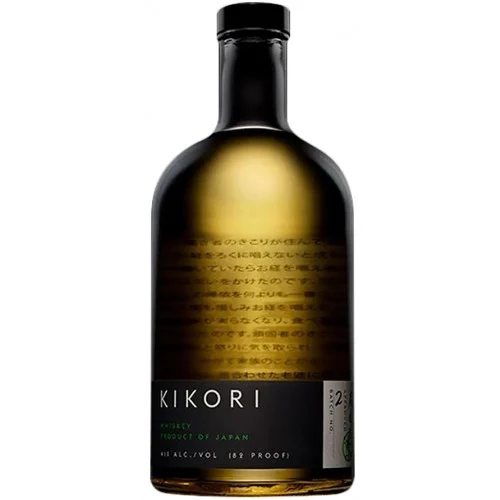
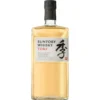
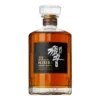
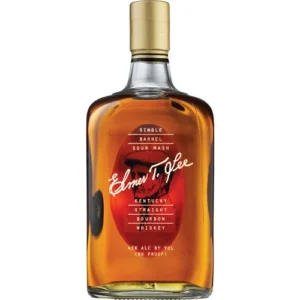

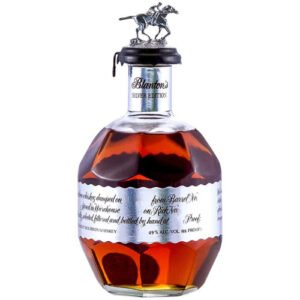
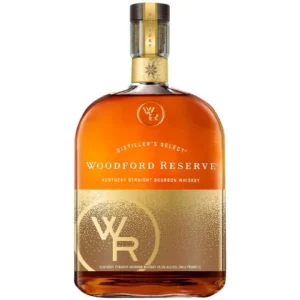


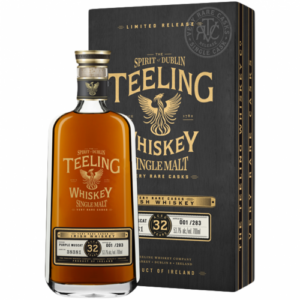
Reviews
There are no reviews yet.